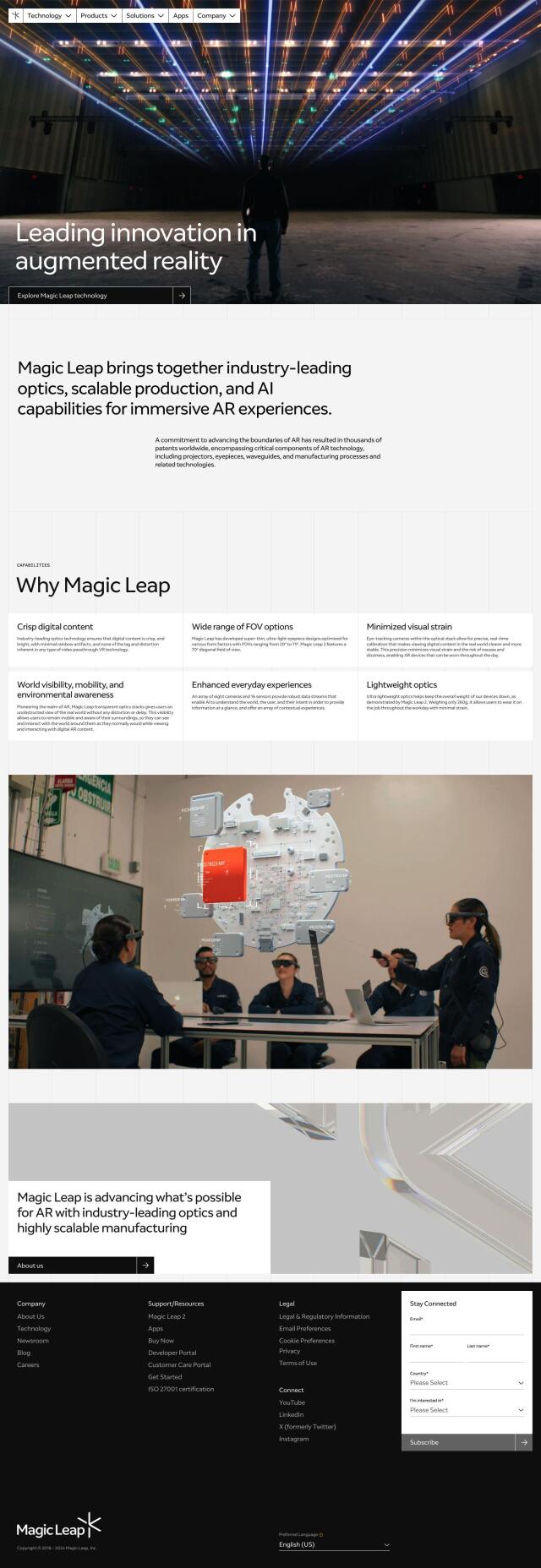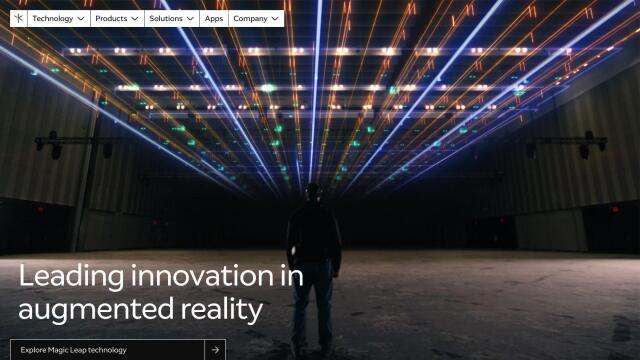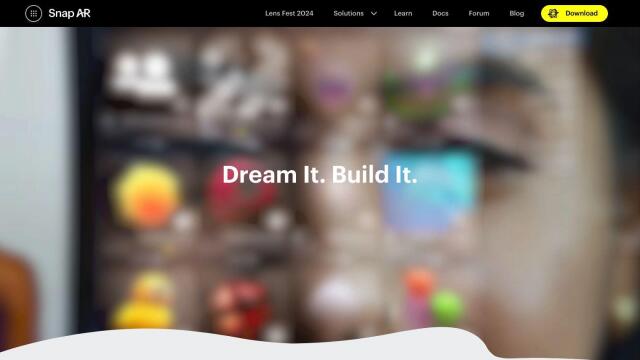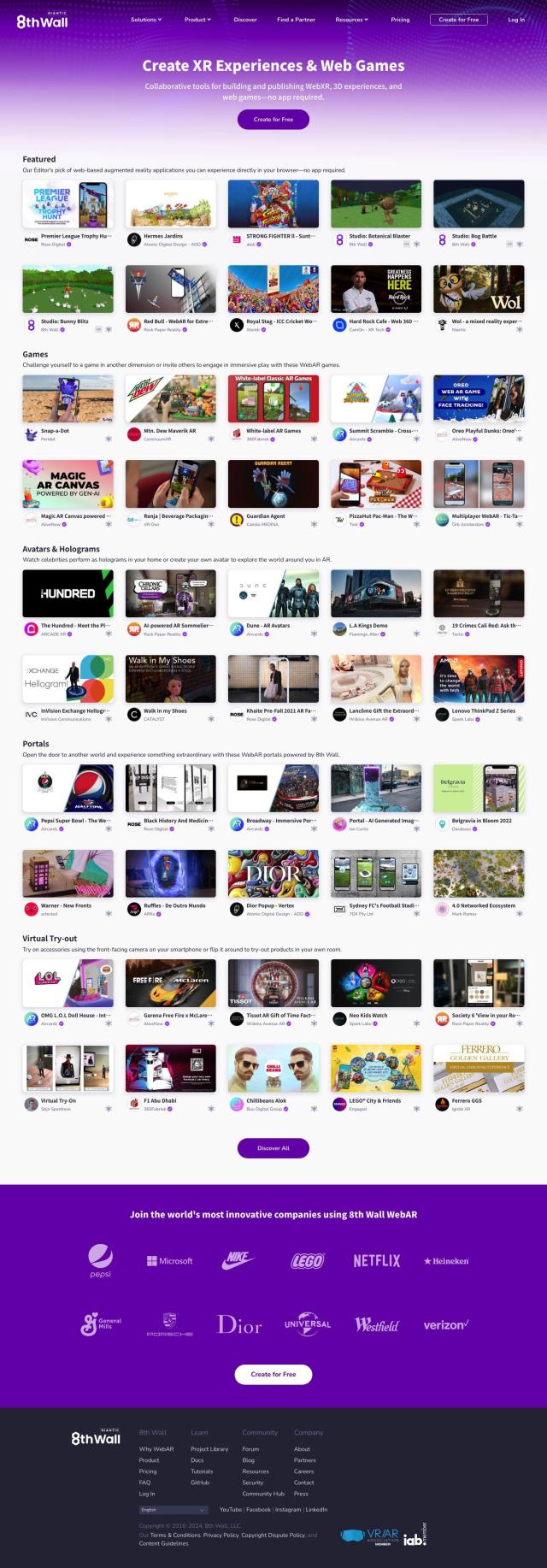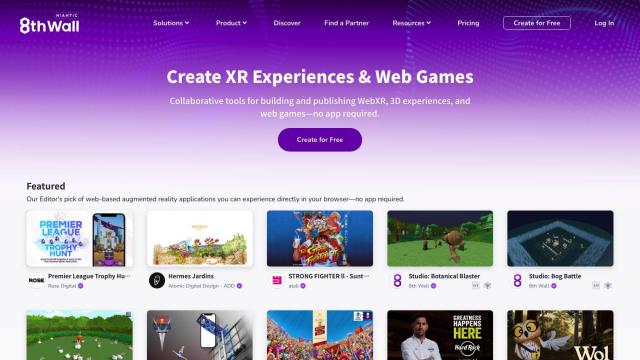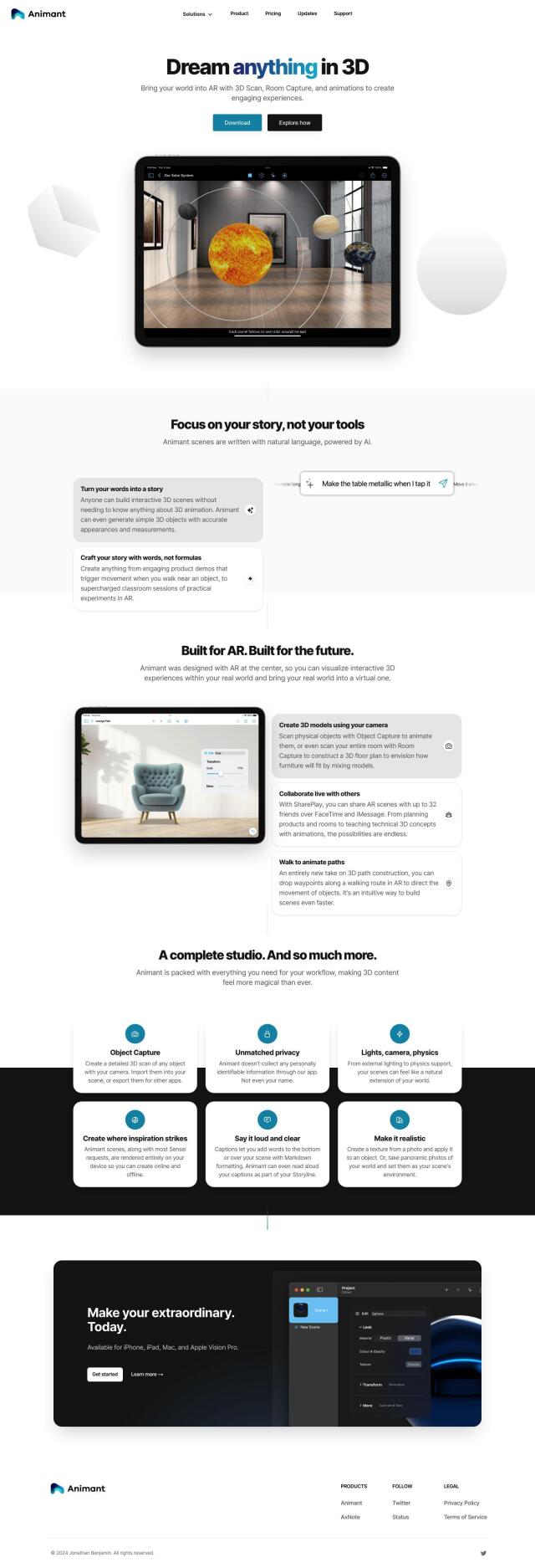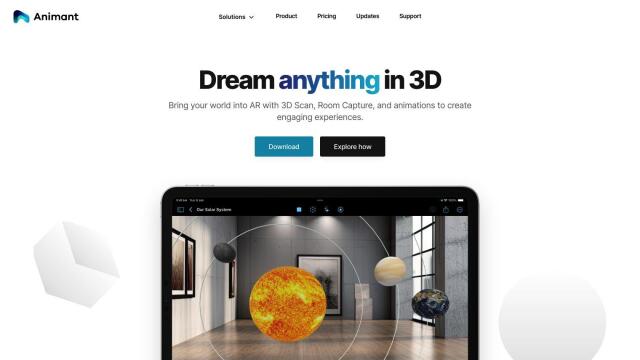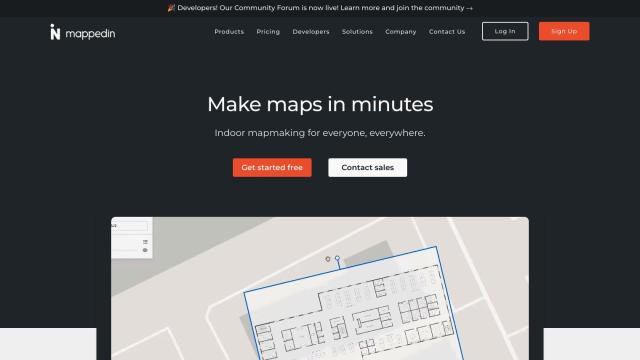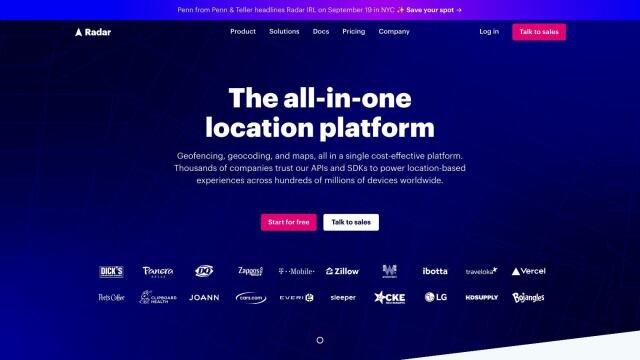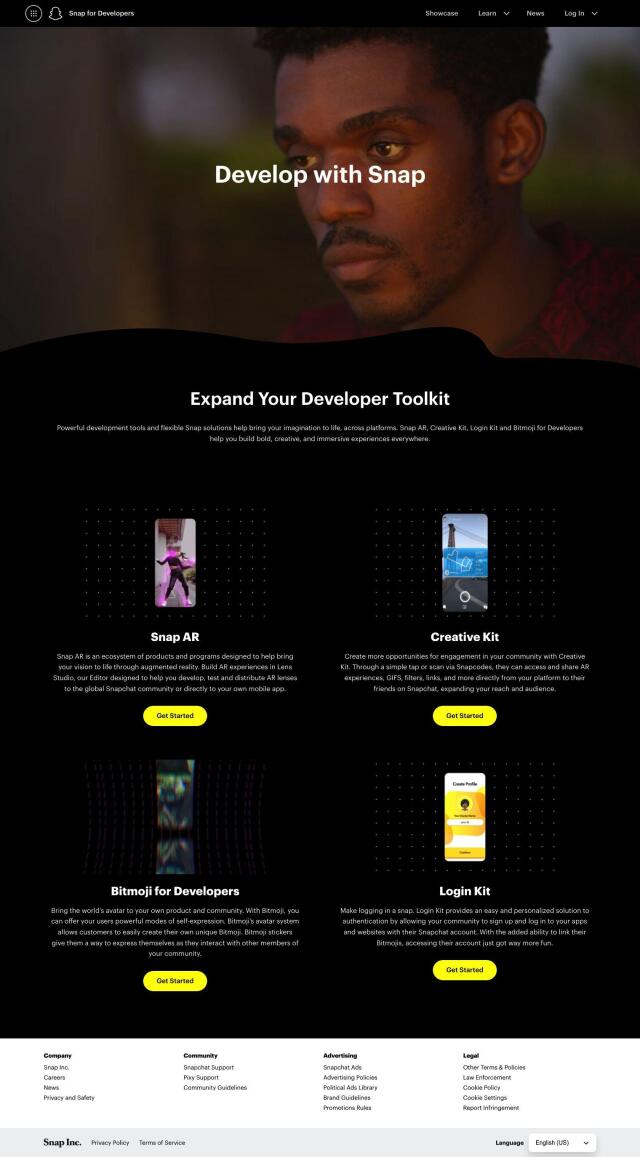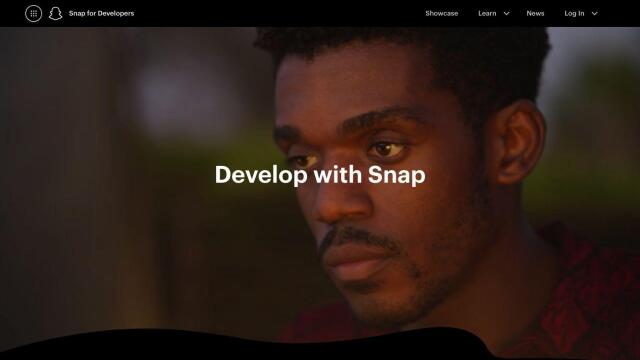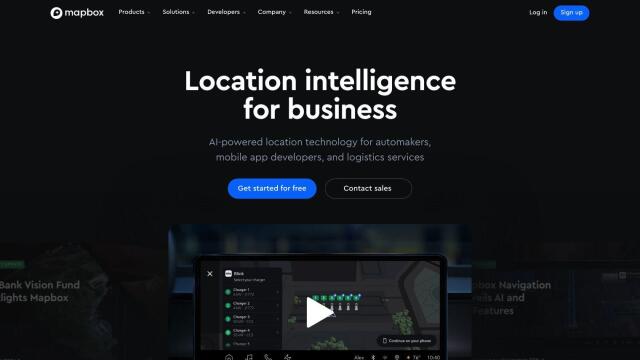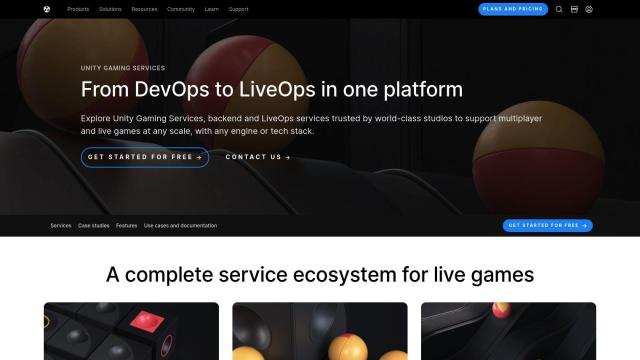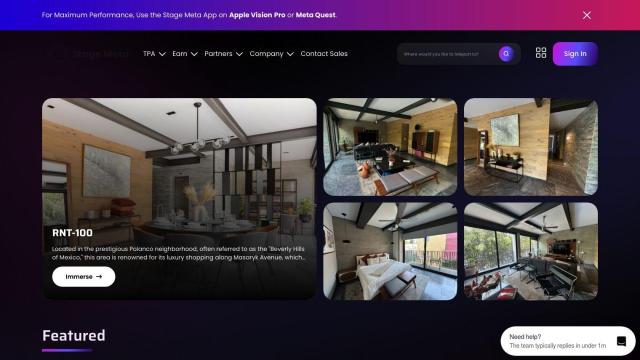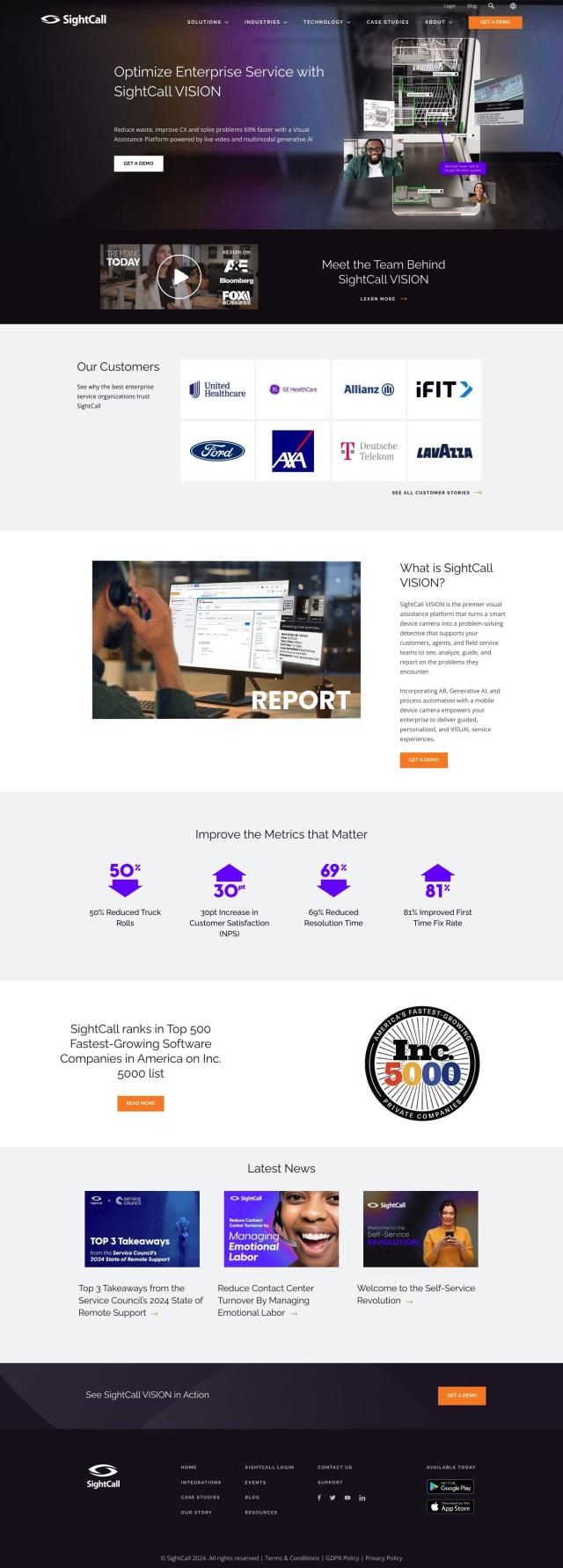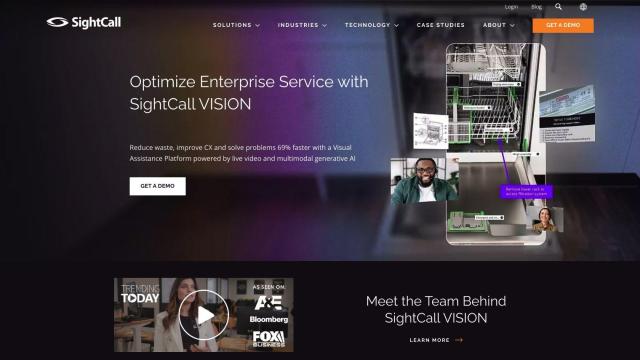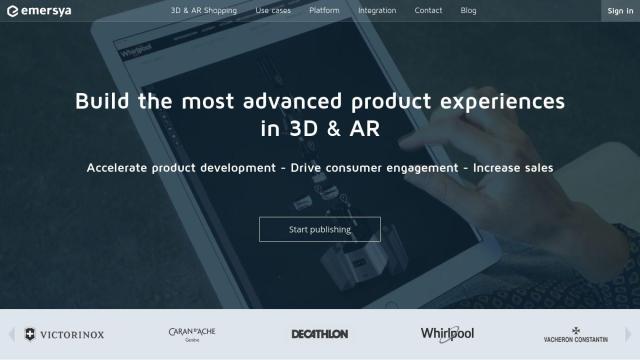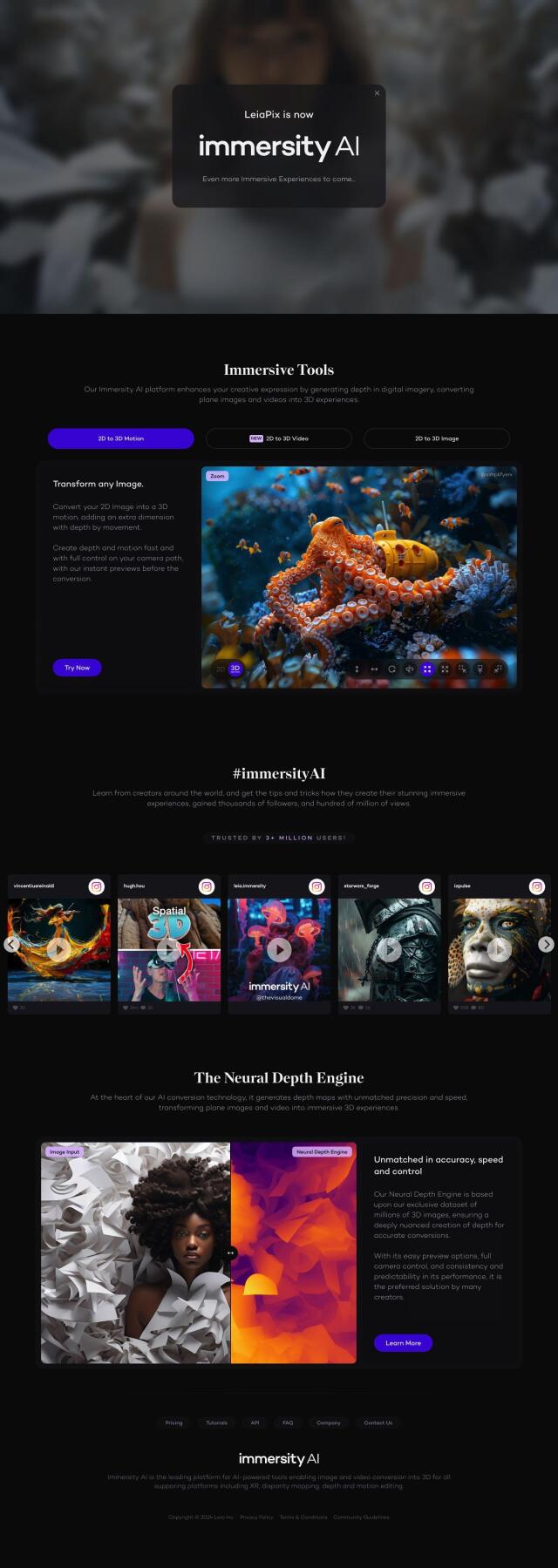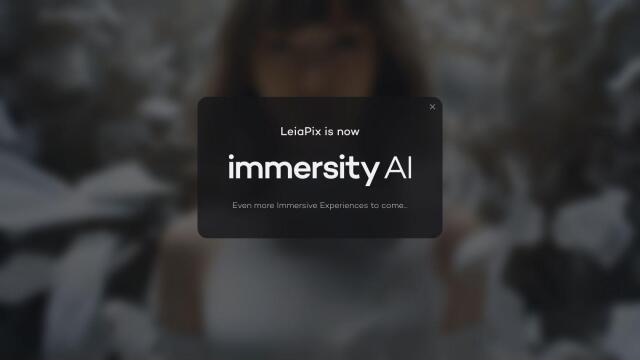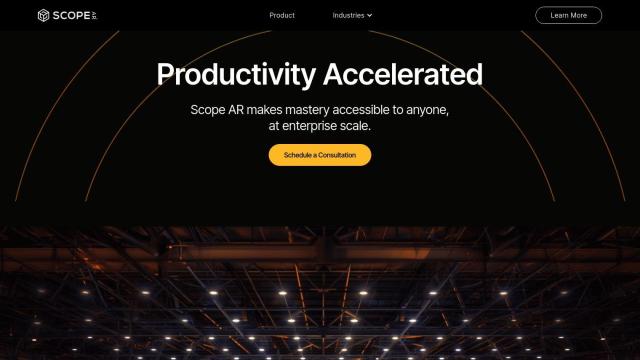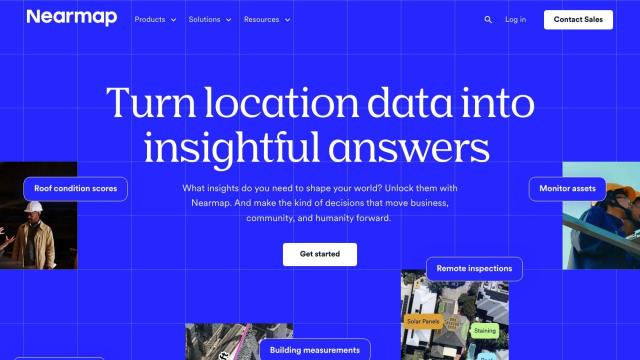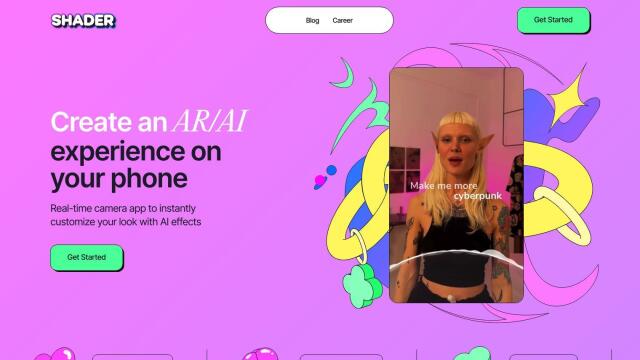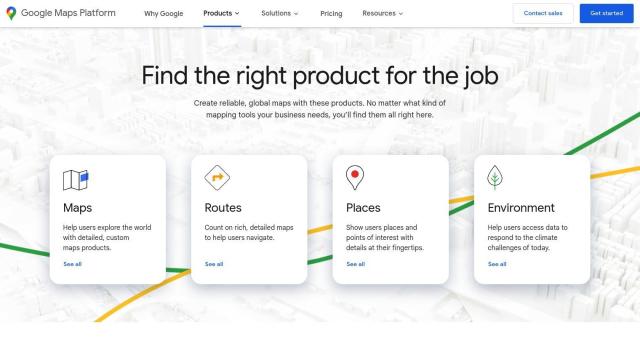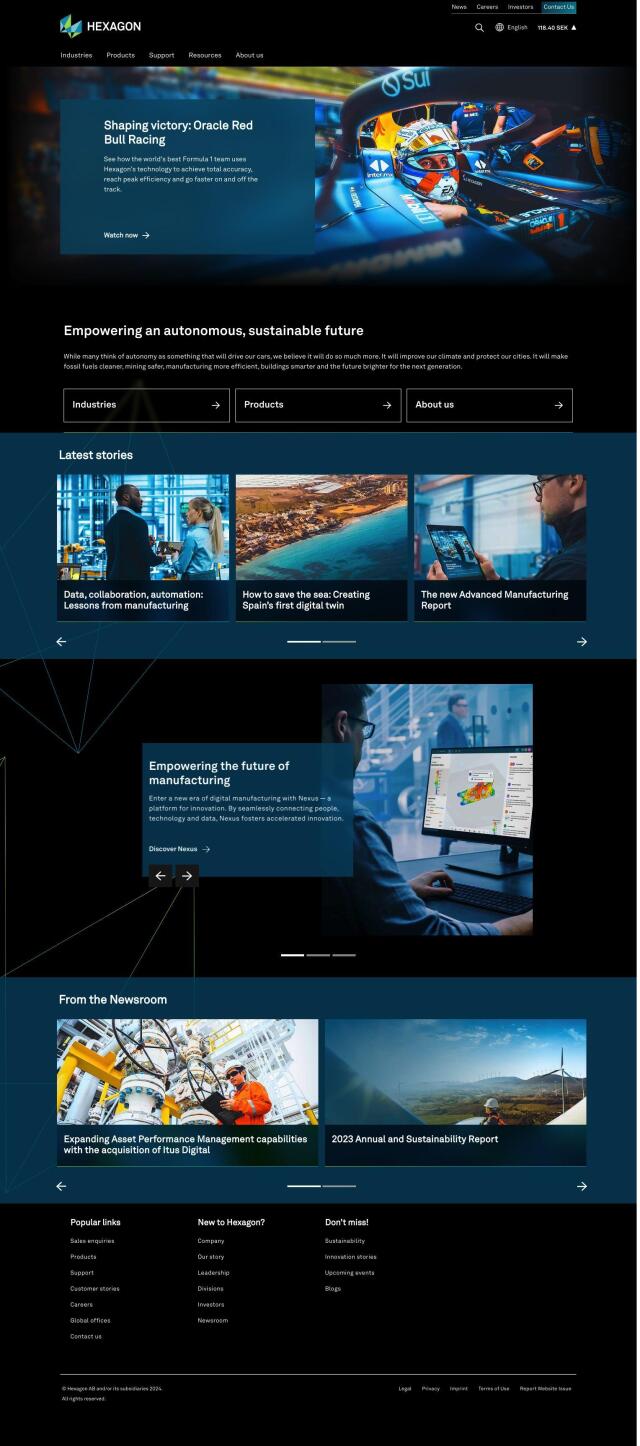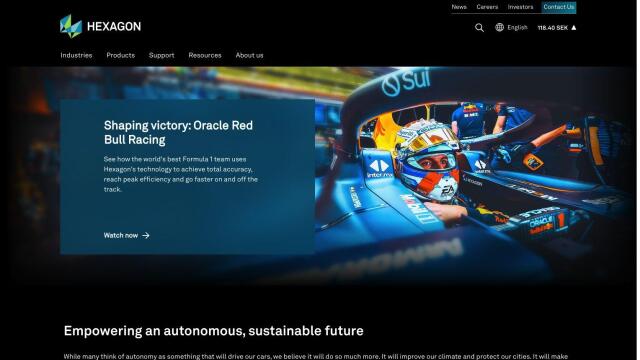Question: Is there a platform that allows me to build location-based AR experiences linked to the user's environment?

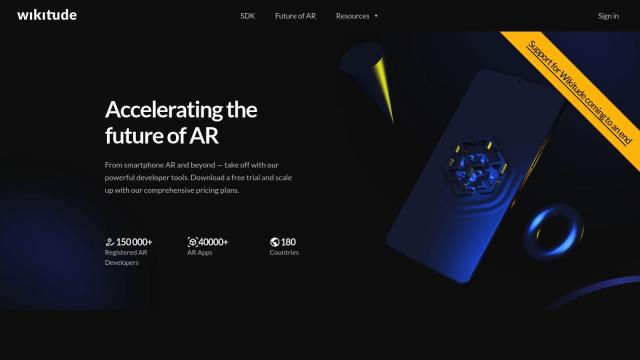
Wikitude Augmented Reality
If you want to build location-based AR experiences tied to the user's surroundings, Wikitude Augmented Reality is a good option. It's got a lot of features, including Geo AR, Instant Tracking and Object & Scene Tracking. It's available on a broad range of devices and operating systems, so it's good for retail, education and entertainment.

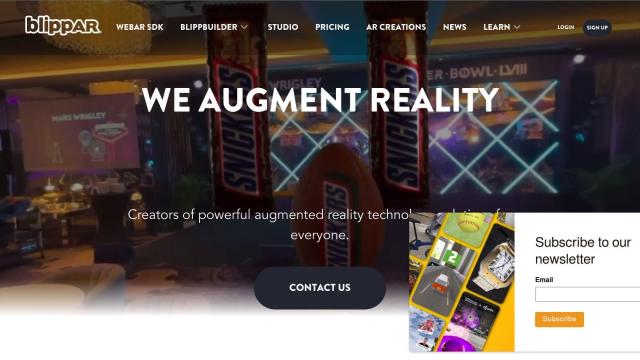
Blippar
Another contender is Blippar, which offers a relatively easy interface for creating AR content without programming. It's got tools like Blippbuilder Studio for mobile devices and AR headsets, a library of 3D models and the ability to get real-time feedback and iterate. Blippar also has a WebAR SDK and Unity plug-in, so it's good for developers who want to build more sophisticated AR experiences.

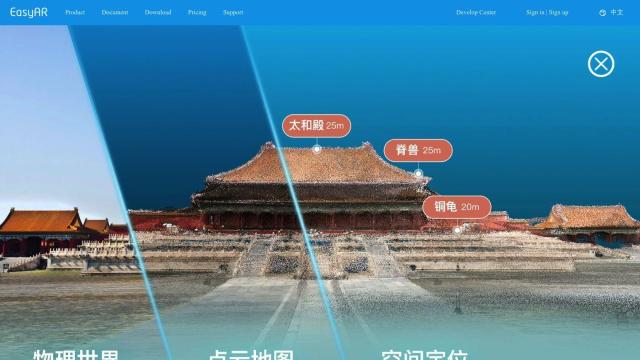
EasyAR
If you want more sophisticated spatial mapping and motion tracking, EasyAR has a flexible API that works with Unity and includes features like 3D point clouds, multi-sensor fusion and city-scale AR cloud services. Its detailed documentation and community support make it a good option for developers who need powerful spatial mapping and localization abilities.

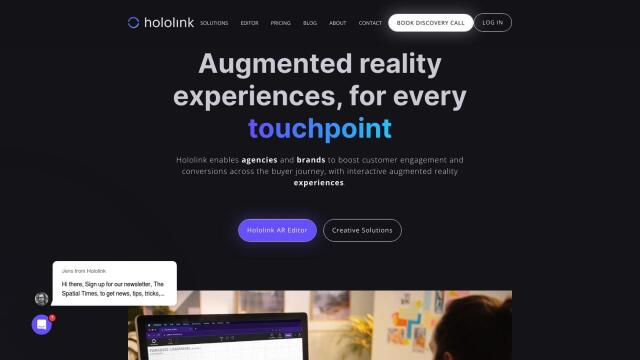
Hololink
Last, Hololink has an AR editor that's easy to use with features like GPS integration, multi-image tracking and 360-degree experiences. It's geared to help customers at all stages of the buyer journey with interactive and immersive marketing experiences, so it's a good option for brands and agencies trying to convert people with AR.
